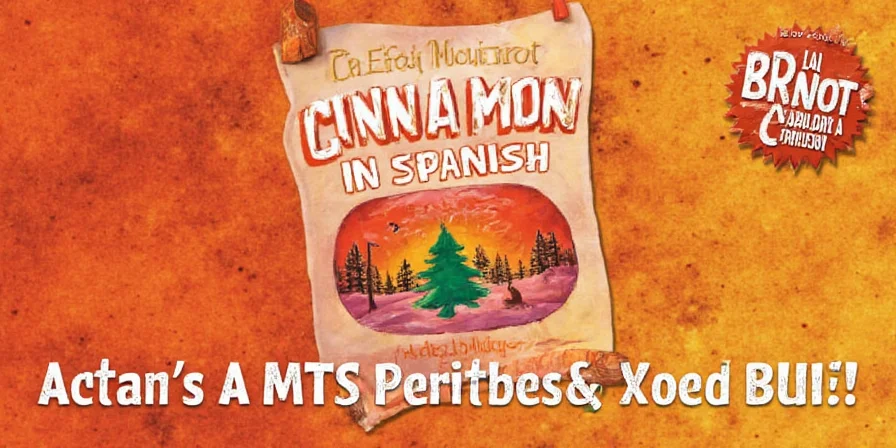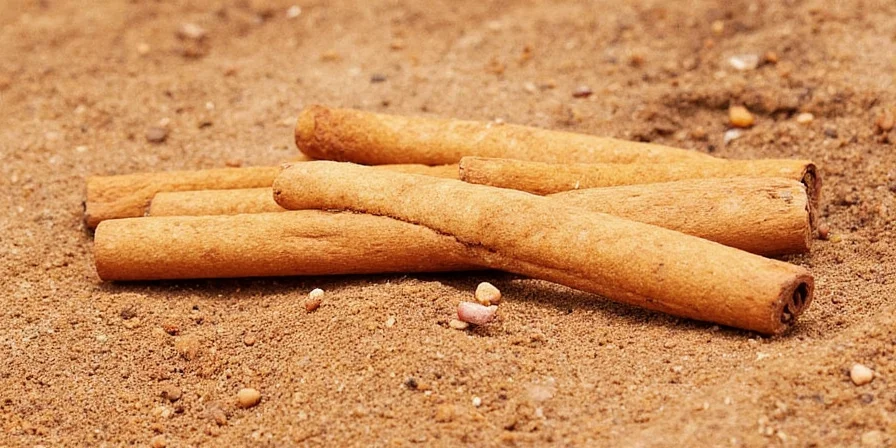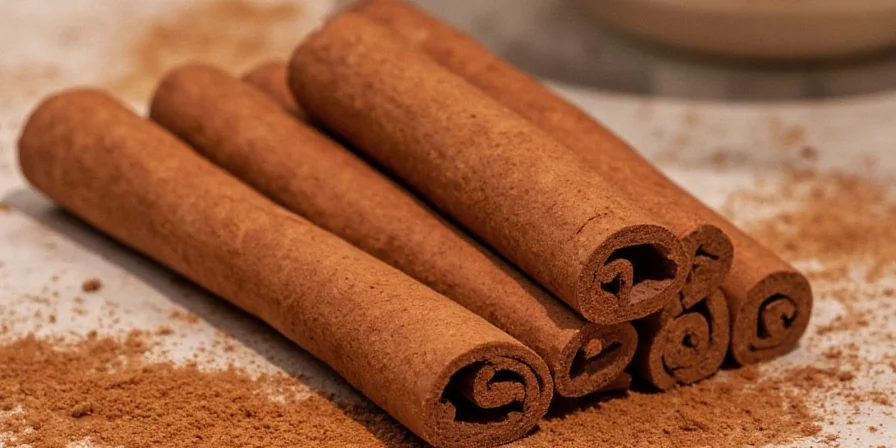The direct translation of cinnamon in Spanish is "canela". This is the word you need whether you're shopping in a Mexican mercado, following a Spanish recipe, or traveling through Latin America. While "canela" is the universal term across Spanish-speaking regions, understanding regional variations between Ceylon and Cassia cinnamon will prevent culinary mistakes and enhance your cooking experience. This guide explains exactly when to use "canela" versus more specific terms like "canela de Ceilán" or "canela de China", with visual comparisons and practical usage tips that professional chefs and travelers rely on.
Table of Contents
- Cinnamon Translation: The Essential Answer
- Regional Variations of Cinnamon in Spanish
- Visual Comparison: Canela vs. Other Spices
- Culinary Uses Across Spanish-Speaking Countries
- Historical Context: Why Terminology Varies
- Practical Tips for Recipe Success
- FAQs: Clearing Up Confusion
Cinnamon Translation: The Essential Answer
When asking "what is cinnamon in Spanish?", the immediate answer is "canela". This single word covers both stick and ground forms in most contexts. However, professional chefs and experienced travelers know that regional differences exist:
- In Spain and much of Latin America: "canela" refers to the spice
- In Mexico specifically: "canela en rama" means stick cinnamon
- For true Ceylon cinnamon: "canela de Ceilán" or "canela verdadera"
- For common Cassia cinnamon: "canela de China" or "canela falsa"

Regional Variations of Cinnamon in Spanish
Understanding these regional differences prevents costly kitchen mistakes. The same word might refer to different cinnamon varieties depending on location:
| Term | What It Means | Primary Regions | Culinary Impact |
|---|---|---|---|
| Canela | General term for cinnamon | Most Spanish-speaking countries | Milder flavor profile (usually Cassia in Americas) |
| Canela de Ceilán | True Ceylon cinnamon | Spain, specialty stores worldwide | Sweeter, more delicate flavor; ideal for desserts |
| Canela de China | Cassia cinnamon | Mexico, US Hispanic markets | Stronger, more pungent; better for savory dishes |
Visual Comparison: Canela vs. Other Spices
When shopping in markets where labeling might be unclear, these visual identifiers help you select the right spice:
| Spice | Appearance | Texture | Key Identification Tip |
|---|---|---|---|
| Canela (Cinnamon) | Light brown, thin layered sticks | Multiple delicate layers that peel easily | Smells sweet and warm, not medicinal |
| Clavo (Clove) | Dark red-brown nail-shaped buds | Hard, single piece | Intensely pungent aroma, used sparingly |
| Nuez moscada (Nutmeg) | Oval seed or fine powder | Hard outer shell when whole | Earthy aroma, often freshly grated |

Culinary Uses Across Spanish-Speaking Countries
Knowing how to use canela correctly transforms your cooking. These regional applications demonstrate why getting the terminology right matters:
- Mexico: Essential in chocolate caliente (hot chocolate) and arroz con leche (rice pudding) - uses stronger Cassia variety
- Spain: Featured in churros con chocolate and roscón de reyes - typically uses milder Ceylon cinnamon
- Puerto Rico: Added to arroz con gandules (rice with pigeon peas) for depth - Cassia preferred
- Argentina: Sprinkled over fresh fruit or in maté tea - often uses Ceylon for subtlety

Historical Context: Why Terminology Varies
The linguistic differences stem from historical trade routes that determined which cinnamon variety reached each region:
- Spain's preference for Ceylon: Resulted from direct trade with Sri Lanka (formerly Ceylon), where the delicate Cinnamomum verum grows
- Mexico's Cassia dominance: Came through the Manila Galleon trade, which brought Chinese cinnamon (Cinnamomum cassia) across the Pacific
- Terminology evolution: "Canela" derives from Portuguese traders who adopted the term from Chinese "rou gui" (cassia bark)
These historical distinctions explain why asking for "canela" in Madrid might get you Ceylon cinnamon, while the same request in Mexico City typically yields Cassia.

Practical Tips for Recipe Success
Avoid common mistakes with these professional recommendations:
- Substitution guide: Use 3/4 teaspoon Cassia for every 1 teaspoon Ceylon to prevent overpowering dishes
- Shopping strategy: In Mexican markets, ask for "canela suave" when you need the milder Ceylon variety
- Storage tip: Keep whole sticks in airtight containers - they stay fresh 3x longer than ground cinnamon
- Recipe adaptation: When converting American recipes to Spanish ones, remember "canela" usually means Cassia
- Flavor pairing: Canela complements chocolate, vanilla, and citrus but clashes with strong herbal flavors

FAQs: Clearing Up Confusion
Is canela the same as cinnamon?
Yes, "canela" is the Spanish word for cinnamon. However, in many Spanish-speaking regions (particularly Latin America), "canela" specifically refers to Cassia cinnamon, which is stronger and more common than true Ceylon cinnamon. In Spain, "canela" typically means the milder Ceylon variety.
How do I ask for true cinnamon (Ceylon) in Spanish?
Ask for "canela de Ceilán" (literally "Ceylon cinnamon") or "canela verdadera" ("true cinnamon"). In Mexico and Central America, you may need to be specific since "canela" usually means Cassia. Request "canela suave" ("soft cinnamon") to indicate you want the milder Ceylon variety.
What's the difference between canela and clavo?
"Canela" is cinnamon (from tree bark), while "clavo" means clove (dried flower buds). They're completely different spices with distinct flavors and uses. Confusing them in recipes will dramatically alter the dish - cinnamon is sweet and warm, while cloves are intensely pungent and medicinal.
Can I substitute canela de China for canela de Ceilán?
Yes, but with adjustments. Cassia (canela de China) is stronger and slightly bitter compared to Ceylon. Use 25% less Cassia than Ceylon in recipes. For delicate Spanish pastries, stick with Ceylon; for Mexican chocolate or mole sauces, Cassia works better. Never substitute equal amounts as this will overpower the dish.
Why do Spanish-speaking countries use different terms for cinnamon?
These differences reflect historical trade routes. Spain's connection to Sri Lankan markets favored Ceylon cinnamon terminology, while Mexico's Manila Galleon trade brought predominantly Chinese Cassia. Botanical availability, colonial trade partnerships, and local culinary traditions shaped how each region adopted spice terminology over centuries.











 浙公网安备
33010002000092号
浙公网安备
33010002000092号 浙B2-20120091-4
浙B2-20120091-4